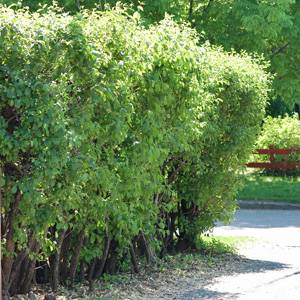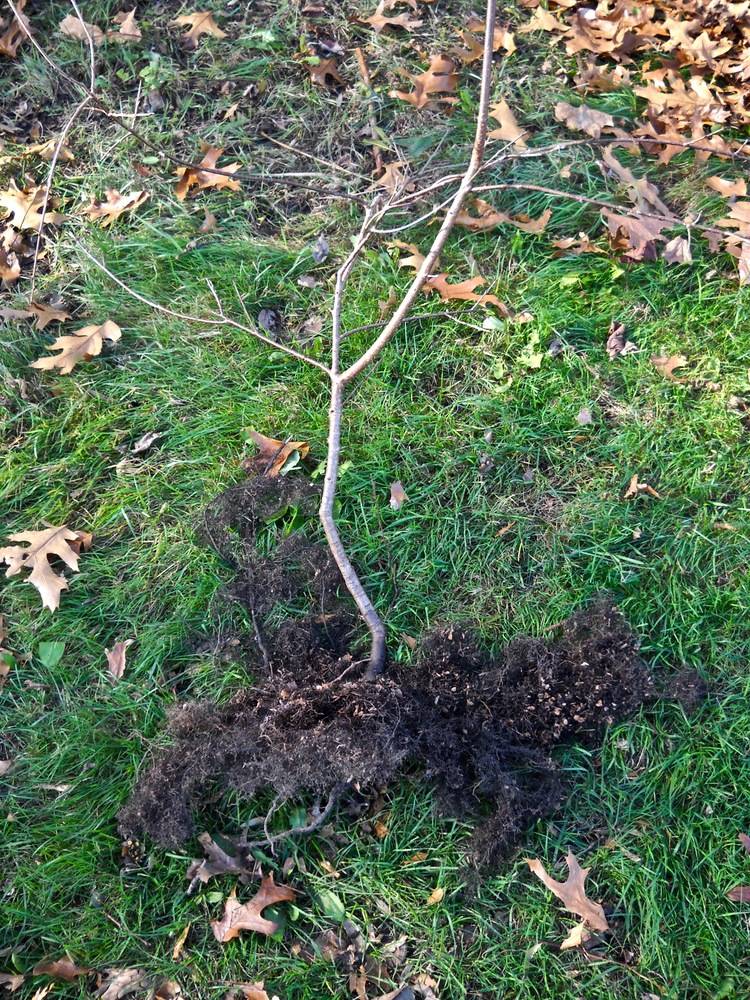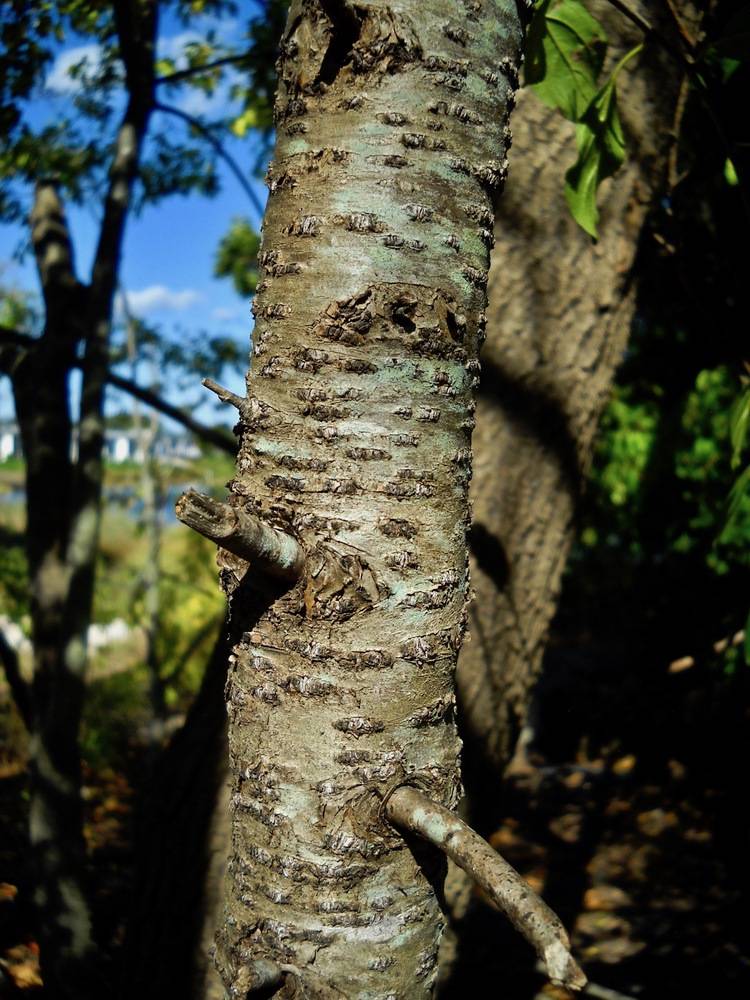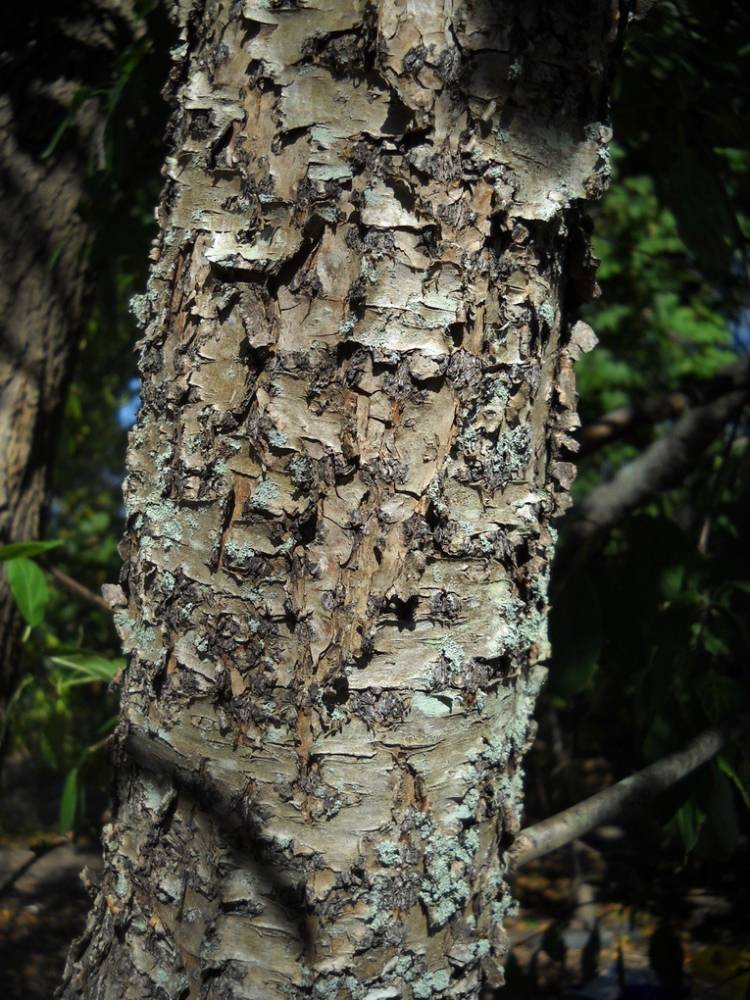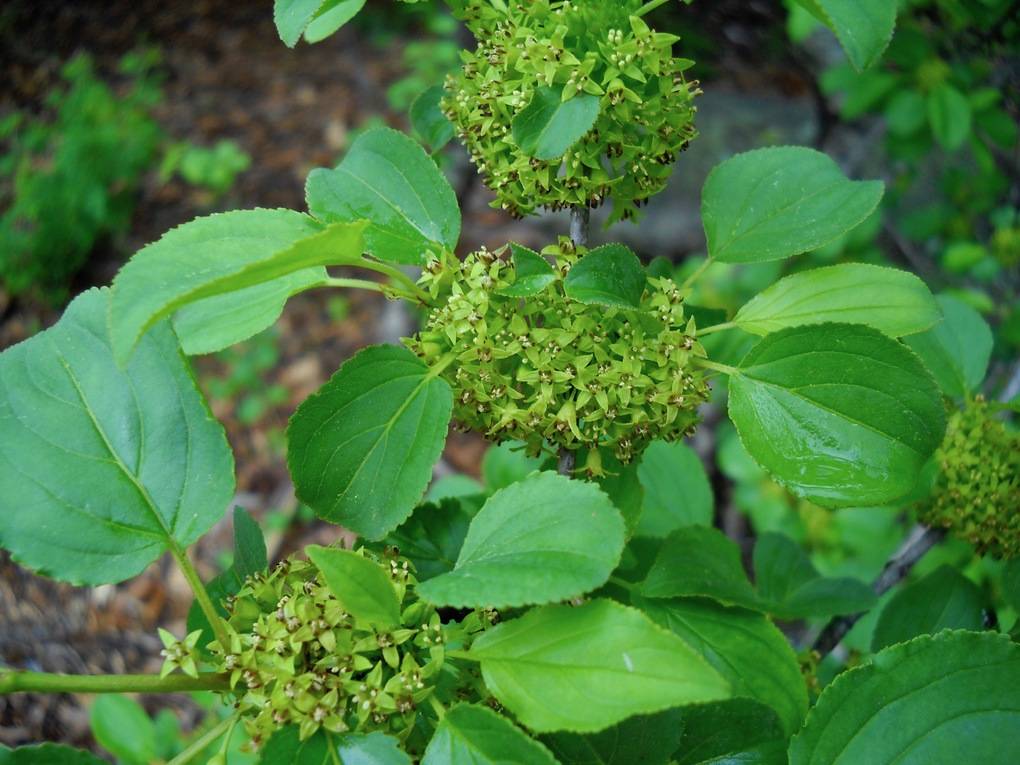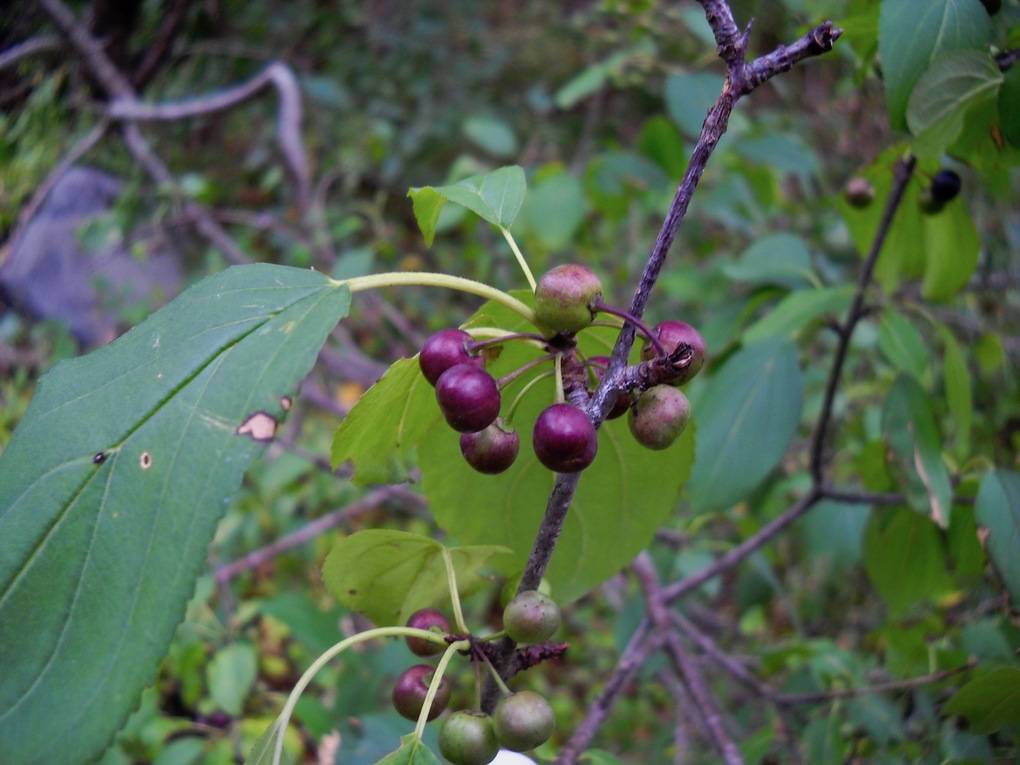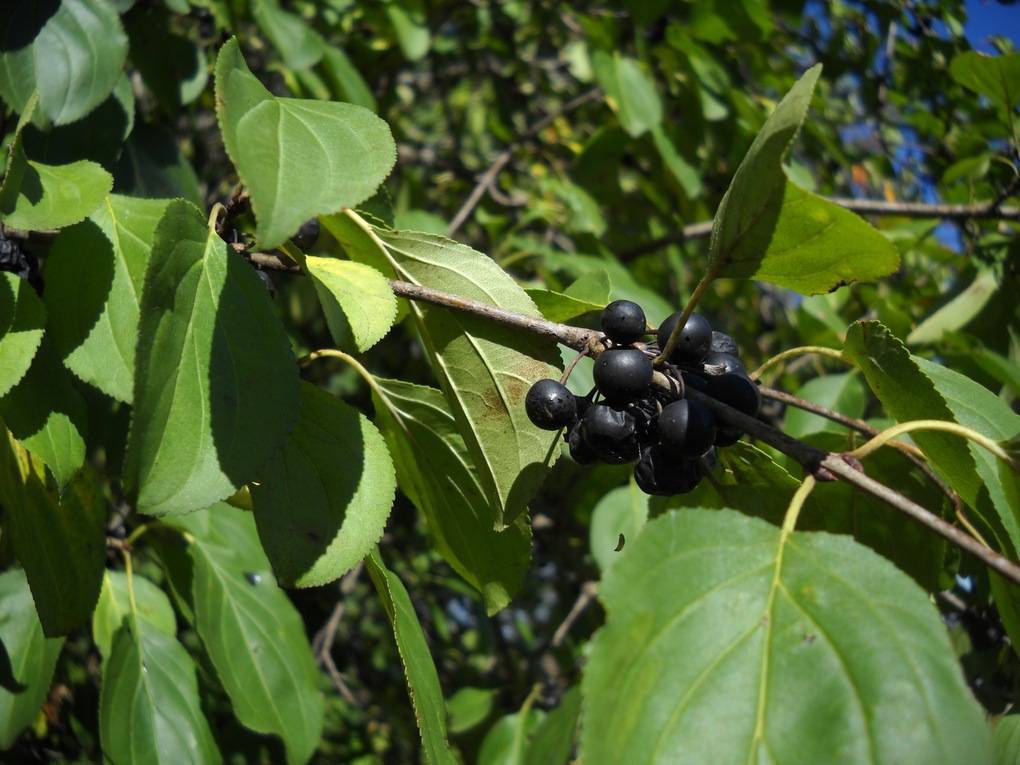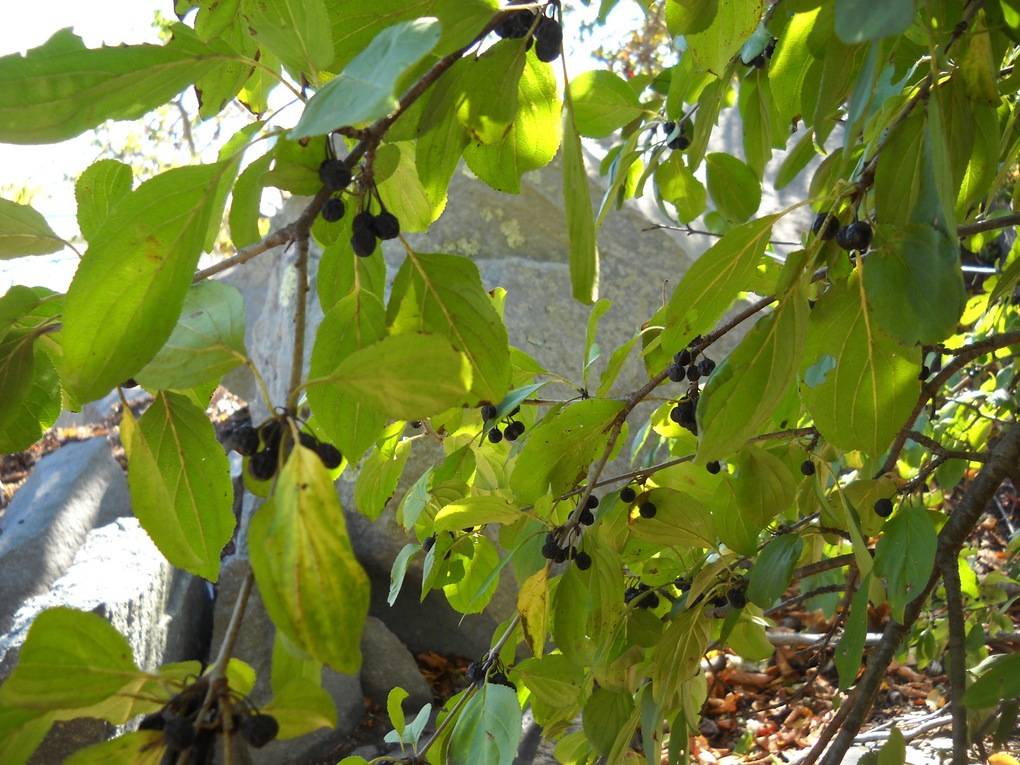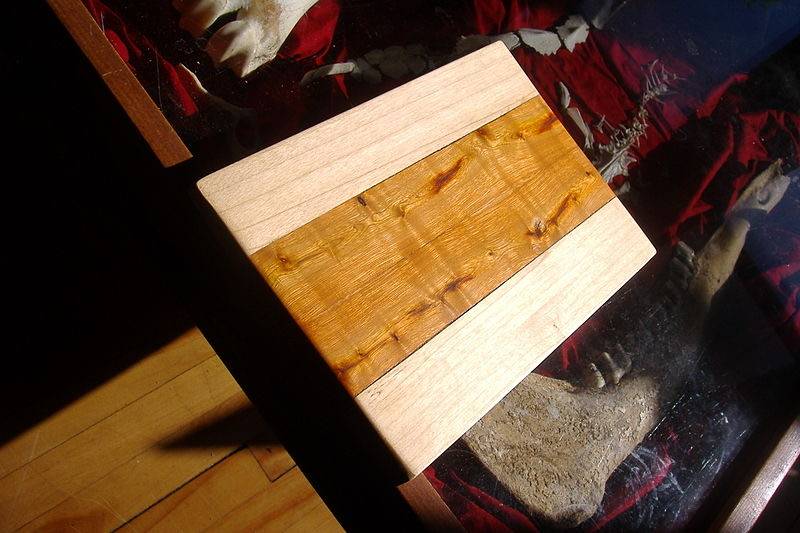European buckthorn
The European buckthorn is a dioecious small tree or shrub native to Eurasia. It was introduced to North America in the early 1800's as a landscaping plant because it readily forms an attractive hedge when grown in a row. It has naturalized so successfully in many areas that it is considered invasive. Its dense root mass aids in the absorption and retention of water and would also inhibit the growth of other plants.
At Salter Grove, there is a large female specimen on the hillock east of U9 but most other individuals found along the Upland and Pond Trails tend to be smaller-stemmed males.
Chemicals in the leaves and seeds can cause stomach cramps and have a laxative effect in humans. Its scientific name cathartica refers to this characteristic. Birds feeding on the ripe black fruits are thus probably guaranteed to disperse the seeds because of this effect on the gastrointestinal system. The bark and fruit were used in traditional medicine as a purgative.
Its wood is quite dense and attractive in color but because of the small size attained by even the largest individuals, it is most often used in combination with other woods.
For more information:
https://gobotany.nativeplanttrust.org/species/rhamnus/cathartica/?pile=woody-angiosperms
http://dendro.cnre.vt.edu/dendrology/syllabus/factsheet.cfm?ID=559
https://www.friendsofthewildflowergarden.org/pages/plants/buckthorncommon.html
https://en.wikipedia.org/wiki/Rhamnus_cathartica

